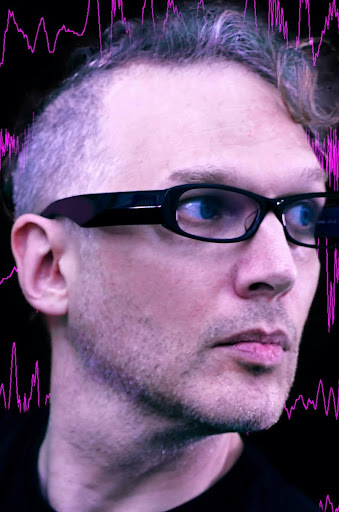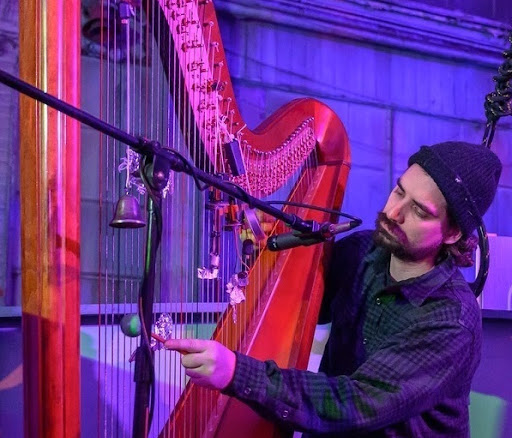by Mike Telin

On Thursday, May 23 at 7:00 pm at Heights Arts, No Exit will conclude their Year of Surreality with “Breaking the World.” The free program will feature new works by Jerome Begin, Lauren Pearl, Stephen Haluska, and James Praznik, as well as Marcel Duchamp’s Erratum Musical, and a simultaneous poem recited by Gunnar-Owen Hirthe, James Praznik, and Timothy Beyer. The program will be repeated at 7:00 pm on both Friday (at Praxis Fiber Arts) and Saturday (at SPACES Gallery).
In a recent telephone conversation Beyer said that this week’s program is a culmination of the ensemble’s season-long exploration of Surrealist techniques and topics, including games and thought exercises, state of consciousness, and dada, which is not technically Surrealism, but is related.
“This program is going to pull a little bit from each of those. But at the heart of this idea of breaking the world — that is to say, the order in a rational world, the world that is constrained and dictated by rationalism — we’re really trying to present an alternative to that. I say in my program note that all of the works on the program employ some form of automatism, which was a favored means of the surrealists to tap into the unconscious without the influence of conscious intention.”

While researching the Surrealist movement, Begin said he discovered a quote by the writer Pierre Mabille. “It posits that creativity erupts from a vast unconscious, which he calls the ‘ocean of forgetting.’ He compares these eruptions to volcanic activity, unpredictable in timing, scale, place, and form. When reading this, the light bulb went off for me. I immediately envisioned a sonic ‘ocean of forgetting’ from which musical islands erupted. I had found my way in…and my title: The Ocean of Forgetting.”
Begin went on to say that each player is amplified and electronically processed, live in real time, allowing him to twist, stretch, and augment the sound of the acoustic instruments. “I control all these electronics with touch-screen interfaces that allow me to play the effects live, like an instrument, responding to the players, and allowing the effects to function as part of the ensemble in a dynamic, musical way.”

“The result is something of this constantly evolving texture inspired by the pitches, rhythms, and other musical elements of the Ravel quotes, even if not always obvious. Surprisingly to me, the work has something of this romantic or impressionist sound meets minimalism through this aleatoric construct.”
On Sunday, May 26 at 3:00 pm at Heights Arts, No Exit will host a panel discussion featuring William Robinson (author and former Senior Curator of Modern Art at the Cleveland Museum of Art), Marianne Berardi (art historian, author, and Director of European Art at Heritage Auctions), and Henry Adams (author and Professor of Art History at Case Western Reserve University). The panelists will take you on a tour of the extraordinary, fantastical, and surprising world of Surrealism. The event is free.
“It’s going to be more of a survey,” Beyer said. “They’re going to talk a bit about how Surrealism got started and about the ideas, the goals, and the ways that people went about creating art. They will also talk about Surrealism today — after all, it’s important to connect what was and what is. And of course questions and interaction from the audience will be very welcome.”

Beyer said that he couldn’t be more pleased with the many composers who have been part of the project. “It’s not easy to let go of your usual way of doing things, but they all did a magnificent job.”
Beyer is also pleased that The Year of Surreality has stayed on point. “It would have been easy for things to go sideways here and there with something as ubiquitous as Surrealism,” he said.
“I have found a certain joy in doing this project and I hope that that’s come across — because doing what we do, who doesn’t want to feel that?”
Published on ClevelandClassical.com May 22, 2024.
Click here for a printable copy of this article



